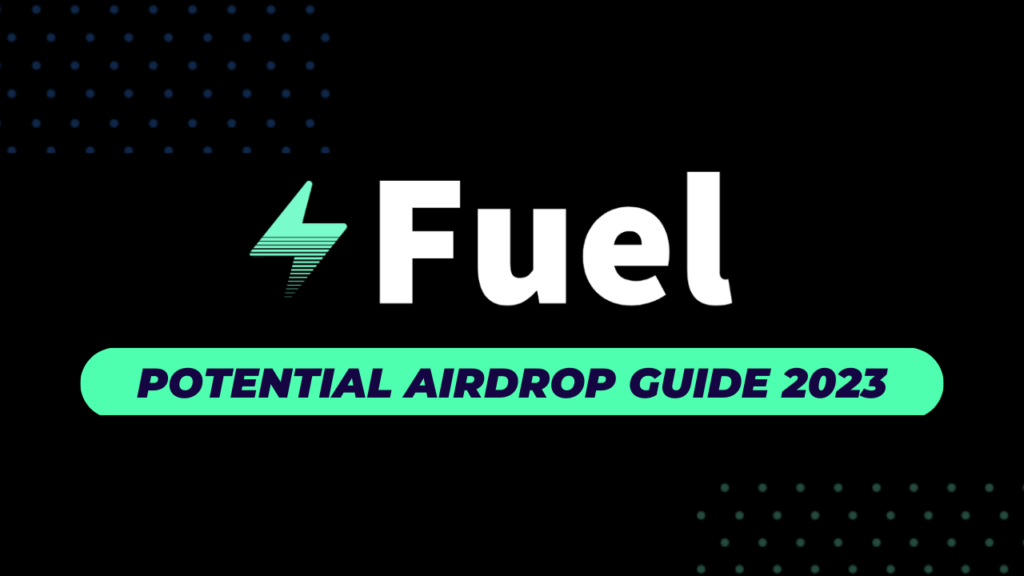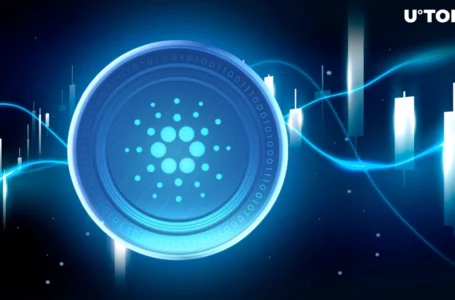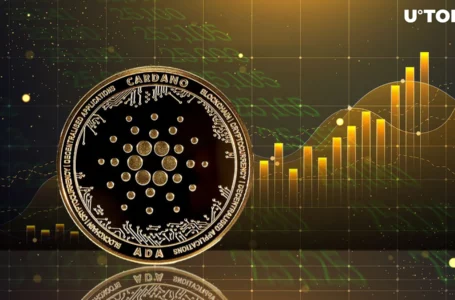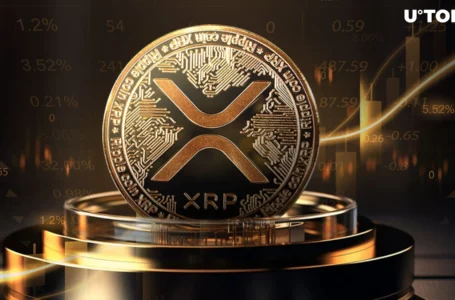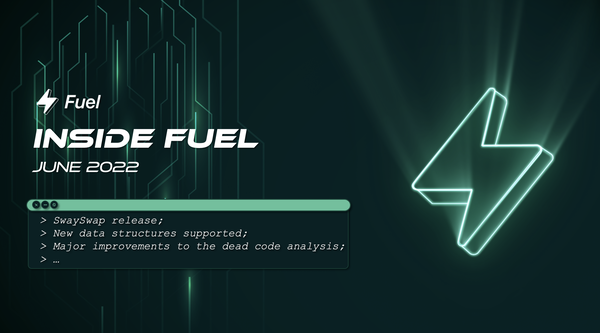
What Is the Fuel Network?
Fuel was initially launched as a layer-2 (L2) scalability solution for Ethereum, making it one of the first optimistic rollup to run on mainnet Ethereum towards the end of 2020. Since then, Fuel has evolved into a modular execution layer that offers high security with a relatively faster throughput rate and a user-friendly interface for developers.
What Problem Does Fuel Solve?
Fuel aims to solve the underlying problem with L2 blockchains which have failed to keep the barrier on transaction costs on Ethereum while scaling the network.
It should be noted that although most L2 solutions have helped with the cost generally, the problem arises only during high traffic on Ethereum when the overlying network is congested. Fuel offers a different approach towards the ‘scalability crisis’ on Ethereum by introducing modularity, where the execution layer is separate from the data availability and consensus layer.
What Is the Goal of Fuel?
The main goal of Fuel, one of the fastest modular execution layers for blockchain-based technology, is to deliver unparalleled security and maximum throughput and enhance the overall developer experience on Ethereum.
Fuel envisions a future where everyone has the capability to create and benefit from absolutely trustworthy autonomous systems. These independent networks will permit people everywhere to cooperate, collaborate and coordinate more effectively than ever before.As per the official whitepaper of Fuel, building on Fuel means ”breaking free from the constraints of monolithic blockchains that have held us back.”
How Does Fuel Plan to Achieve Its Goal?
Fuel operates on three central pillars as per its technology stack, which ensures the highest security and flexible throughput on Ethereum. Let’s discuss each one of them briefly:
1. Parallel Transaction Execution
Fuel provides high processing power due to its application of a UTXO model with strict state access lists, which allows it to utilize threads and cores that would otherwise be idle in traditional single-threaded blockchains. By identifying transaction dependencies before execution, FuelVM is able to execute transactions in parallel, thereby claiming to deliver higher levels of compute power, state accesses, and transactional throughput than single-threaded blockchains.
2. Fuel Virtual Machine (FuelVM)
According to Fuel, FuelVM is specifically crafted to end the inefficiency of blockchain virtual machine architectures while unlocking a collection of potential designs for developers. It takes into consideration all that has been discovered over the years from the Ethereum ecosystem, but couldn’t be implemented due to the need to remain compatible with past versions.
3. Improved Developing Experience with Sway and Forc
Fuel gives developers a streamlined development experience with their domain-specific language, Sway, and the supportive toolchain known as Forc (the Fuel Orchestrator). Fuel’s development environment brings together advantages from Solidity’s smart contract languages plus Rust’s paradigms in an integrated way.
What Are the Use Cases of Fuel?
Fuel’s technology gives the Ethereum network a significant boost in scalability and performance, making it suitable for a wide array of use cases. Some potential applications are:
1. Parallel Transaction Execution
Ethereum is capable of executing transactions in sequence, one after the other. However, due to advancements in modern processors as well as their limitations on single-core speedups, being able to process multiple transactions concurrently (i.e., parallel execution) would potentially revolutionize its current performance levels.
Fuel supports parallel transaction execution by introducing mandatory access lists, similar to EIP-648. Every transaction must specify which contracts the transaction is authorized to interact with. When a transaction attempts to access an unlisted contract, its execution will be rejected. With these access lists in place, transactions can be executed simultaneously across sets of contracts that are mutually exclusive.
2. Fraud Proofs
Fraud proofs are a blockchain mechanism whereby the validity of new blocks is established by providing proof that claims on a new block are false within a configurable time frame. Light clients can trust this process as long as only one honest full node exists in the network to create fraud proofs. Both Fuel protocol and Fuel VM have been created with fraud-proofing capabilities, specifically for restrictive environments such as Ethereum Virtual Machine.
The Fuel transaction protocol and validation system are fraud-resistant, thanks to UTXO fraud proofs. The FuelVM utilizes the Interactive Verification Game protocol to divide an execution trace until a single step has been executed in order to evaluate for deviation. This instruction set was designed with both clarity and security in mind – it is expressive yet able to prove fraudulent activity within the Ethereum Virtual Machine framework.
Final Word
As modular building projects progress swiftly, they continue to be mutually reinforcing. According to the developers at Fuel, optimizing and scaling should concentrate on execution areas since Data Availability dilemmas will already have been tackled with technologies such as Celestia’s data availability sampling through which nodes can authenticate the content of a block without downloading the entire data.
Fuel claims to provide a powerful, performant solution for Ethereum developers built with parallel transaction execution and fraud-proofing capabilities. Fuel’s development environment combines the advantages of Solidity’s smart contract language and Rust’s paradigms in an easy-to-use toolchain. It also provides developers with a streamlined development experience with their domain-specific language, Sway, and the supportive toolchain known as Forc (the Fuel Orchestrator).
With its technology, Fuel gives the Ethereum network a significant boost in scalability and performance, making it suitable for a wide array of use cases, including parallel transaction execution and fraud proofs. As modular building projects continue to grow, so do the possibilities of Fuel’s technology. This will hopefully open up new opportunities for developers in the near future.
